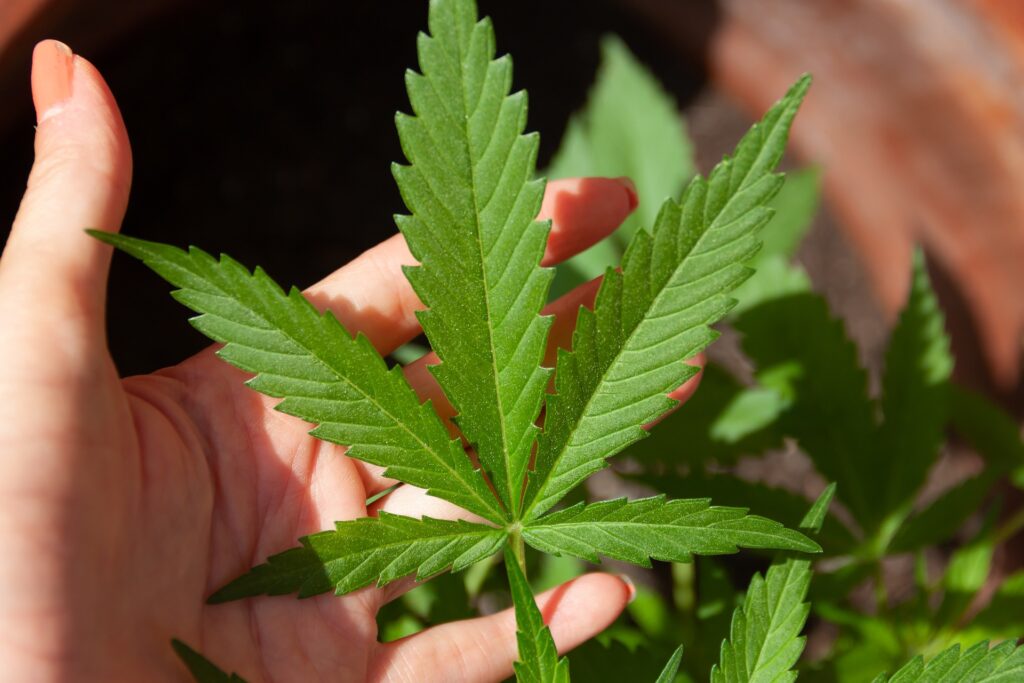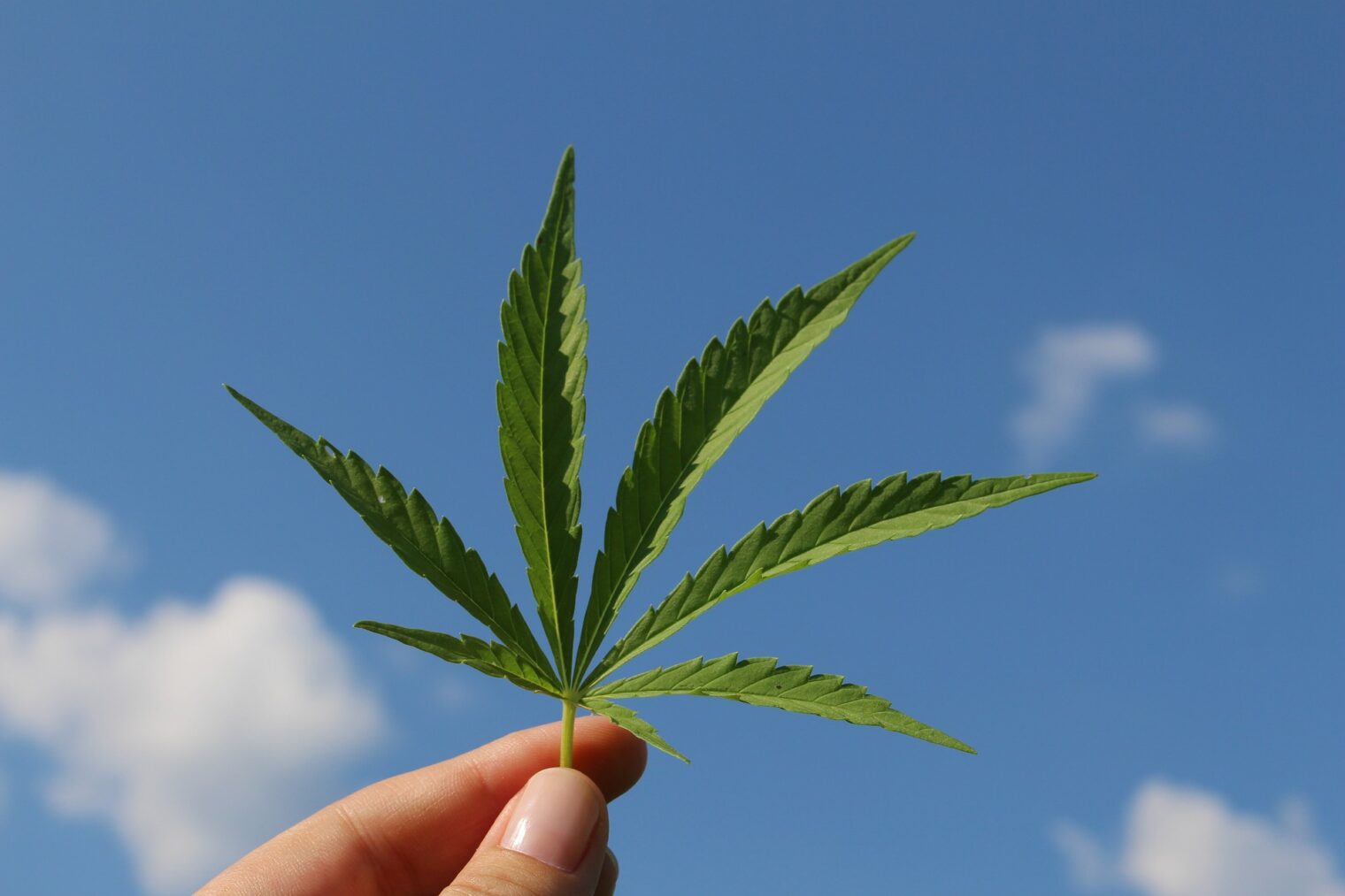10 Undefeated Tips for Hemp Farming Thailand Style
We want to take a serious look into hemp farming Thailand style. Thailand, a land of ancient temples, verdant landscapes, and bustling cities, holds a rich tapestry of agricultural heritage. At the heart of this agricultural mosaic lies a gem – hemp farming, cultivated using age-old techniques passed down through generations.
As global interest in hemp farming grows, many are looking towards Thailand’s traditional methods, harmonizing with nature and infused with deep respect for the land, as a guide. This article delves into the wisdom of Thai hemp cultivation, offering ten invaluable tips that combine the best of tradition with contemporary insights. Join us on this journey as we unearth the secrets of hemp farming Thailand style.
Tip 1: Understanding Thailand’s Unique Soil Composition
At the foundation of successful hemp farming Thailand style lies the soil, the lifeblood of agriculture. Thailand’s diverse terrain, from its mountainous North to the river-fed plains of the Central region, has given rise to a variety of soil types, each with its distinct characteristics. Rich in minerals and organic matter, the loamy soils of the Chao Phraya basin, for instance, provide an ideal medium for hemp cultivation.
It’s imperative for aspiring hemp farmers to familiarize themselves with the local soil composition. This involves regular soil tests, understanding pH levels, and recognizing the micro-nutrients essential for hemp. By aligning cultivation techniques with Thailand’s unique soil attributes, farmers can ensure a bountiful and sustainable harvest.
Tip 2: Harnessing the Power of the Thai Sun
Thailand, aptly named the “Land of Smiles,” is also the land of abundant sunshine. This tropical climate, characterized by consistent sunlight and warmth, is a boon for hemp cultivation. The key to hemp farming Thailand style lies in harnessing this natural resource efficiently. Proper plant spacing ensures each hemp plant receives optimal sunlight, promoting robust growth.
Moreover, understanding the sun’s trajectory throughout the day can guide the orientation of hemp rows. By positioning plants to capture the morning sun, farmers can minimize the stress of the harsher afternoon rays. Emulating Thailand’s traditional farmers, one must respect the rhythms of nature, utilizing the generous Thai sun to optimize hemp growth and vitality for hemp farming Thailand style.
Tip 3: Traditional Hemp Farming Thailand Watering Techniques: Learning from Thai Paddy Fields
Water, the life-sustaining element, plays a pivotal role in hemp farming Thailand style. The intricate network of canals, or ‘klongs’, seen crisscrossing the country, is a testament to Thailand’s age-old mastery over water management. Hemp, while drought-resistant, thrives with consistent moisture. Drawing inspiration from the paddy fields, hemp farmers can adopt a controlled flooding system, ensuring the roots access adequate water without becoming waterlogged.
Furthermore, the construction of slightly elevated beds with trenches in between can mimic the terraced rice fields, aiding in efficient drainage during the monsoons. By integrating these tried-and-true Thai watering techniques, hemp farming Thailand cultivators can strike a balance, providing their crops with the hydration they need to flourish.
Tip 4: Organic Fertilizers: Taking a Cue from Thai Villages
Thailand’s rural heartlands have long embraced the ethos of sustainable farming. Organic fertilizers, crafted from composted plant matter, animal manures, and other natural sources, are a cornerstone of this hemp farming Thailand style. These nutrient-rich fertilizers not only bolster hemp growth but also enhance the soil’s long-term fertility. In Thai villages, there’s a communal understanding: what is taken from the earth must be returned.
Hemp farmers can adopt this principle by creating their compost heaps, recycling agricultural waste, and collaborating with livestock farmers for manure. By nourishing the soil with these organic infusions, farmers ensure that their hemp crops are not just bountiful, but also imbued with the richness of the Thai land.
Tip 5: Embracing Polyculture: Hemp Farming Thailand Lessons from Thai Forests
Beyond the bustling cities, the dense forests of Thailand demonstrate nature’s brilliance in maintaining biodiversity of hemp farming Thailand style. Here lies an invaluable lesson for hemp farmers: the magic of polyculture. Instead of mono-cropping, where only hemp is grown, introducing other plants can provide a myriad of benefits. Companion planting, a method where certain plants are grown together for mutual advantage, can naturally deter pests, improve soil health, and even enhance hemp’s growth.
For instance, planting lemongrass or basil nearby can repel certain insects harmful to hemp. By observing and replicating the diverse ecosystems found in Thai forests, hemp farming Thailand style farmers can cultivate a thriving, self-sustaining farm ecosystem that benefits both the crop and the environment.

Tip 6: Mastering the Art of Pruning: The Thai Touch
Pruning, the selective removal of certain plant parts, is an art that Thai gardeners have mastered over generations. Through careful trimming, hemp farming Thailand style farmers can direct the plant’s energy towards producing more flowers and seeds, crucial for both CBD and hemp seed oil production. This process also aids in creating an open canopy, which promotes airflow and minimizes the risk of mold and fungal diseases.
Observing local Thai cultivators, one notices their meticulous approach: each cut is deliberate, shaping the plant while preserving its vitality. By adopting these precision-based pruning techniques, hemp farmers can significantly enhance their yield quality and quantity, reflecting the meticulous care that defines Thai horticulture.
Tip 7: Water Management: Inspired by Thai Rice Terraces
The picturesque rice terraces of northern Thailand tell tales of ingenious water management practices that have sustained communities for centuries. Hemp farming Thailand style, while not as thirsty as rice, requires a delicate balance. Overwatering can lead to root rot, while underwatering stunts growth. Taking inspiration from Thai farmers, consider contouring your land to facilitate even water distribution and implement a graded irrigation system.
Furthermore, embracing techniques such as rainwater harvesting and the construction of small reservoirs can ensure a steady water supply during drier months. As with the terraced paddies, a consistent, controlled water source is pivotal, driving optimum hemp growth and reflecting the sustainable ethos inherent in hemp farming Thailand style agricultural traditions.
Tip 8: Harnessing Beneficial Insects: The Thai Biocontrol Approach
Thailand’s lush landscapes are teeming with diverse insect life, many of which offer invaluable benefits to farmers. Instead of resorting to chemical pesticides, Thai farmers have long harnessed beneficial insects to control pests naturally. Ladybugs, for example, are voracious aphid predators, while braconid wasps can target harmful caterpillars. By introducing and encouraging these natural predators in hemp fields, farmers can maintain a balanced ecosystem where pests are kept in check without chemical interventions. The practice not only ensures a healthier crop but also aligns with the global demand for organic, sustainably grown produce. Embracing this biocontrol approach signifies a fusion of traditional Thai wisdom with modern sustainable farming.
Tip 9: Rotation and Polyculture: The Thai Farming Diversity
Crop rotation and polyculture are integral components of hemp farming Thailand style, ensuring soil health and breaking pest cycles. For hemp farmers, integrating these practices can be revolutionary. Instead of monocultures, consider rotating hemp with crops like legumes, which fix nitrogen into the soil, or with spices like turmeric that naturally deter pests.
Moreover, integrating multiple crops in the same field—polyculture—mimics natural ecosystems and boosts overall farm resilience. Thai farmers believe in the principle of “growing with diversity,” which leads to healthier soil, reduced disease susceptibility, and enhanced biodiversity. Adopting such a harmonious approach elevates the sustainability quotient, ensuring long-term hemp farming Thailand viability and bountiful yields.
Tip 10: Embracing the Thai Philosophy of Sufficiency Economy
Sufficiency Economy is a philosophy introduced by the late King Bhumibol Adulyadej of Thailand, emphasizing moderation, reasonableness, and self-reliance. Applying this philosophy to hemp farming Thailand style translates to making mindful choices. Thai farmers focus on sustainable growth rather than maximum yield. This means avoiding overproduction, reducing waste, and using resources judiciously.
By aiming for balance and self-sufficiency, farmers can create a resilient system that can weather external shocks. For instance, instead of relying solely on external markets, farmers are encouraged to produce enough for their communities first. Such a community-centric, balanced approach fosters sustainability, ensuring that the land and its people prosper together.
The Wisdom of Hemp Farming Thailand Cultivation
The journey into hemp farming Thailand style, unveils a tapestry of ancient wisdom harmonized with modern agricultural practices. These ten tips are more than mere farming techniques; they symbolize a deep-rooted philosophy and an enduring bond between the Thai people and their land.
By embracing this holistic approach, farmers can achieve sustainable, high-quality hemp cultivation while fostering harmony with the environment. As the global cannabis industry evolves, the lessons from Thailand’s rich agricultural tradition can guide farmers everywhere towards a path of sustainable prosperity. The promise of hemp is vast, and with hemp farming Thailand style insights, its potential becomes even more luminous.


